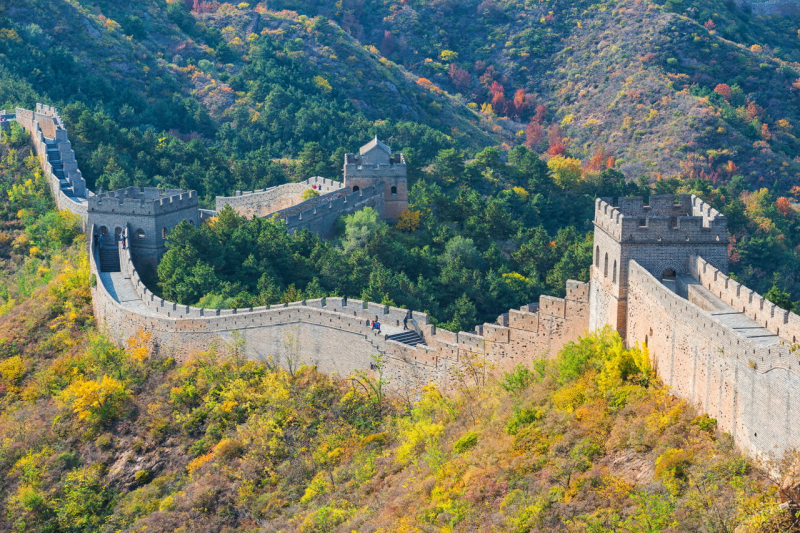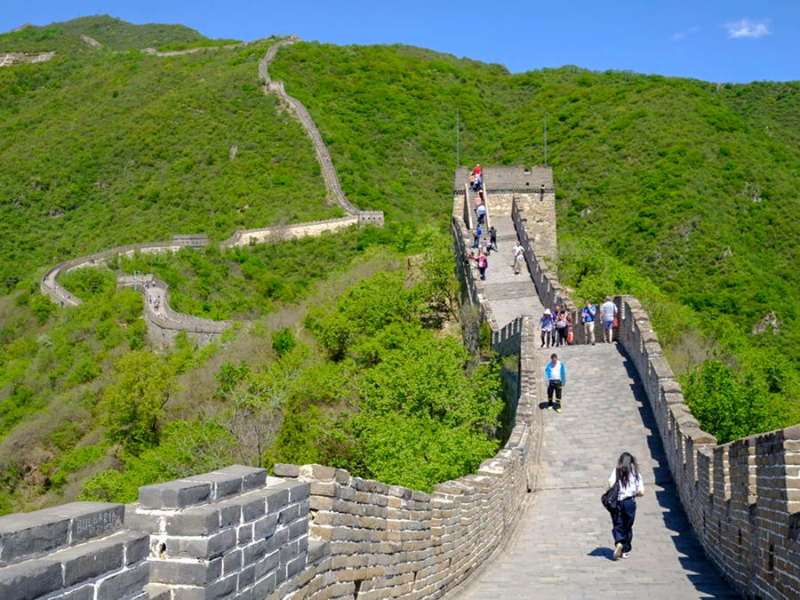Great Wall of China
The Great Wall of China, the longest man-made barrier in the world, spans 15 Chinese provinces, principalities, and autonomous territories. It was constructed throughout the period of six Chinese dynasties as a fortification against invaders and is made up of many individual portions of walls and moats. Some of the wall's remaining pieces are in ruins and are now well over 2,000 years old. It's interesting to note that it would take a person around 18 months to traverse the whole length of the Great Wall of China. As early as the 7th century BC, certain walls were constructed. Qin Shi Huang, the first emperor of China (220–206 BC), later added certain portions. The Qin wall is largely gone.
Later, other succeeding dynasties constructed and kept up numerous sections of boundary walls. The Ming dynasty constructed the wall's most well-known parts (1368–1644). In addition to providing protection, the Great Wall served additional objectives such as enforcing border laws, allowing taxes to be levied on commodities traveling along the Silk Road, regulating or promoting commerce, and managing immigration and emigration. The addition of watchtowers, soldier barracks, garrison stations, the ability to signal with smoke or fire, and the fact that the Great Wall's route functioned as a transit corridor all contributed to the Great Wall's increased defensive capabilities.
Location: Northern China

















